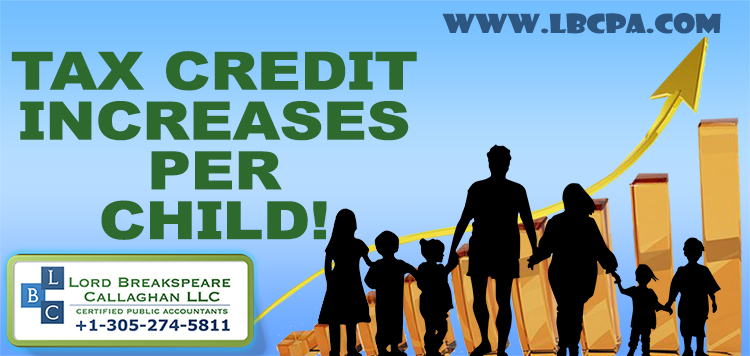LBCPA News 
Click here to go back
2 More Ways Parents Are Benefitting From the American Rescue Plan Act

When you think back on this spring, you may fondly recall a substantial deposit made to your bank account by the federal government (if you were eligible). Economic Impact Payments were a focal point of the American Rescue Plan Act (ARPA), signed into law in March, and the payments were even larger for parents with dependent children. But ARPA contains two other provisions that benefit parents:
1. Child credit expansion and advance payments. For 2021, this refundable tax credit has been increased from $2,000 to $3,000 per child — $3,600 for children under six years of age. In addition, qualifying children now include 17-year-olds.
The child credit is subject to modified adjusted gross income (AGI) phaseout rules and begins to phase out when MAGI exceeds:
- $400,000 for married couples who file a joint return, and
- $200,000 for other taxpayers.
The increased credit amount ($1,000 or $1,600) is subject to lower income phaseouts than the ones that apply to the first $2,000 of the credit. The increased amount begins to phase out when MAGI exceeds:
- $150,000 for joint filers,
- $112,500 for heads of household, and
- $75,000 for other taxpayers.
ARPA also calls for the IRS to make periodic advance payments of the child credit totaling 50% of the estimated 2021 credit amount. The IRS has announced the payments will begin on July 15, 2021. They’ll then be made on the 15th of each month (unless the 15th falls on a weekend or holiday).
Recipients will receive the monthly payments through direct deposit, paper check or debit cards. The IRS says that it is committed to maximizing the use of direct deposit.
2. Child and dependent care break increases. For 2021, the amount of qualifying expenses for the refundable child and dependent care credit has been increased to:
1. $8,000 (from $3,000) if there’s one qualifying care individual, and
2. $16,000 (from $6,000) if there are two or more such individuals.
The maximum percentage of qualifying expenses for which credit is allowed has been increased from 35% to 50%. So the credit ultimately is worth up to $4,000 or $8,000. But the credit is subject to an income-based phaseout beginning at household income levels exceeding $125,000.
The amount you can contribute to a child and dependent care Flexible Spending Account (FSA, also sometimes referred to as a “dependent care assistance program”) also has been increased. For 2021, it’s $10,500 (up from $5,000 for 2020). The FSA pays or reimburses you for these expenses. But you can’t claim a tax credit for expenses paid by or reimbursed through an FSA.
If you have any questions regarding Essential Business Accounting, Domestic Taxation, International Taxation, IRS Representation, U.S. Tax Implications of Real Estate Transactions or Financial Statements, please give us a call at 305-274-5811.
Source: Thomson Reuters






